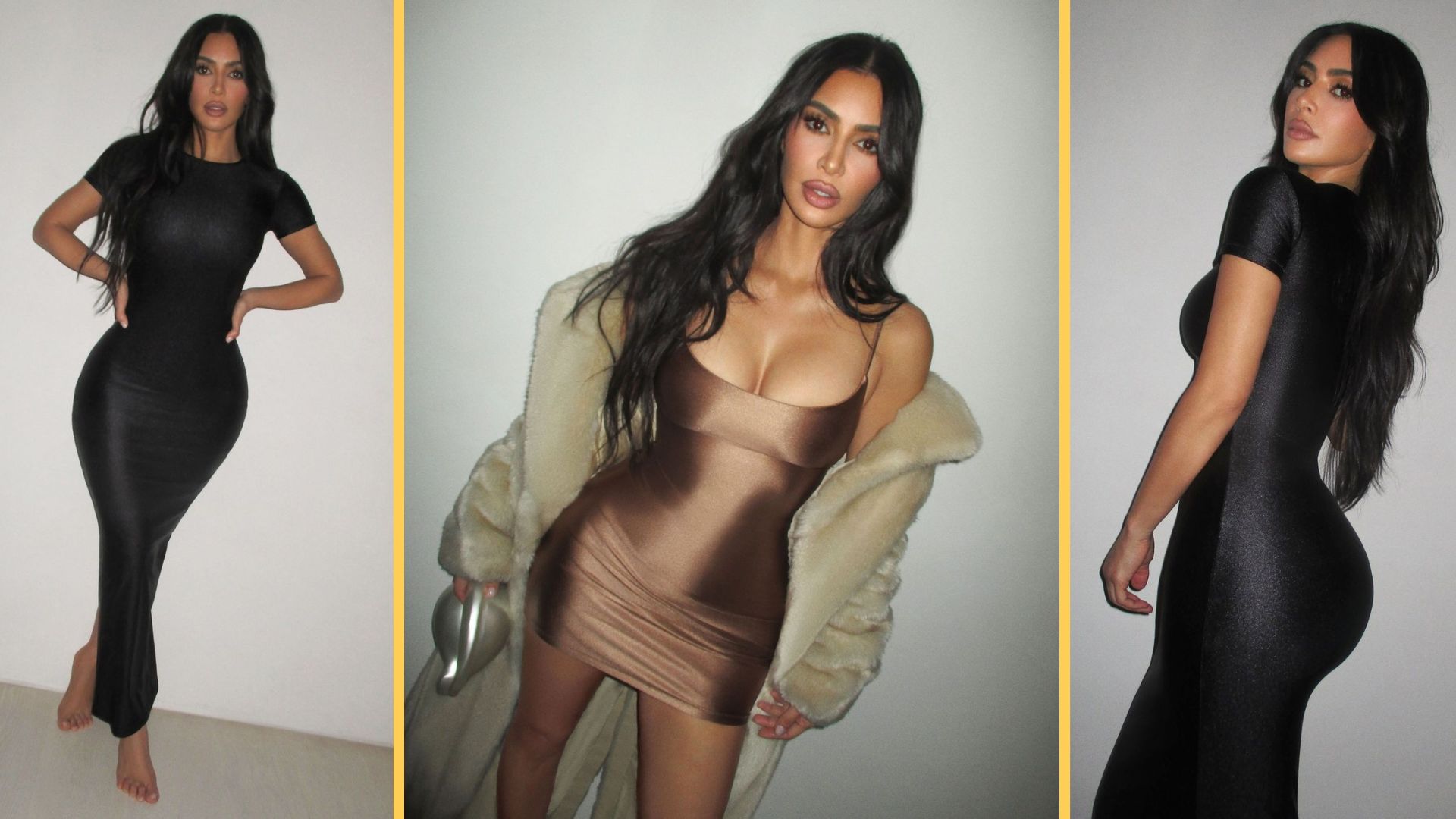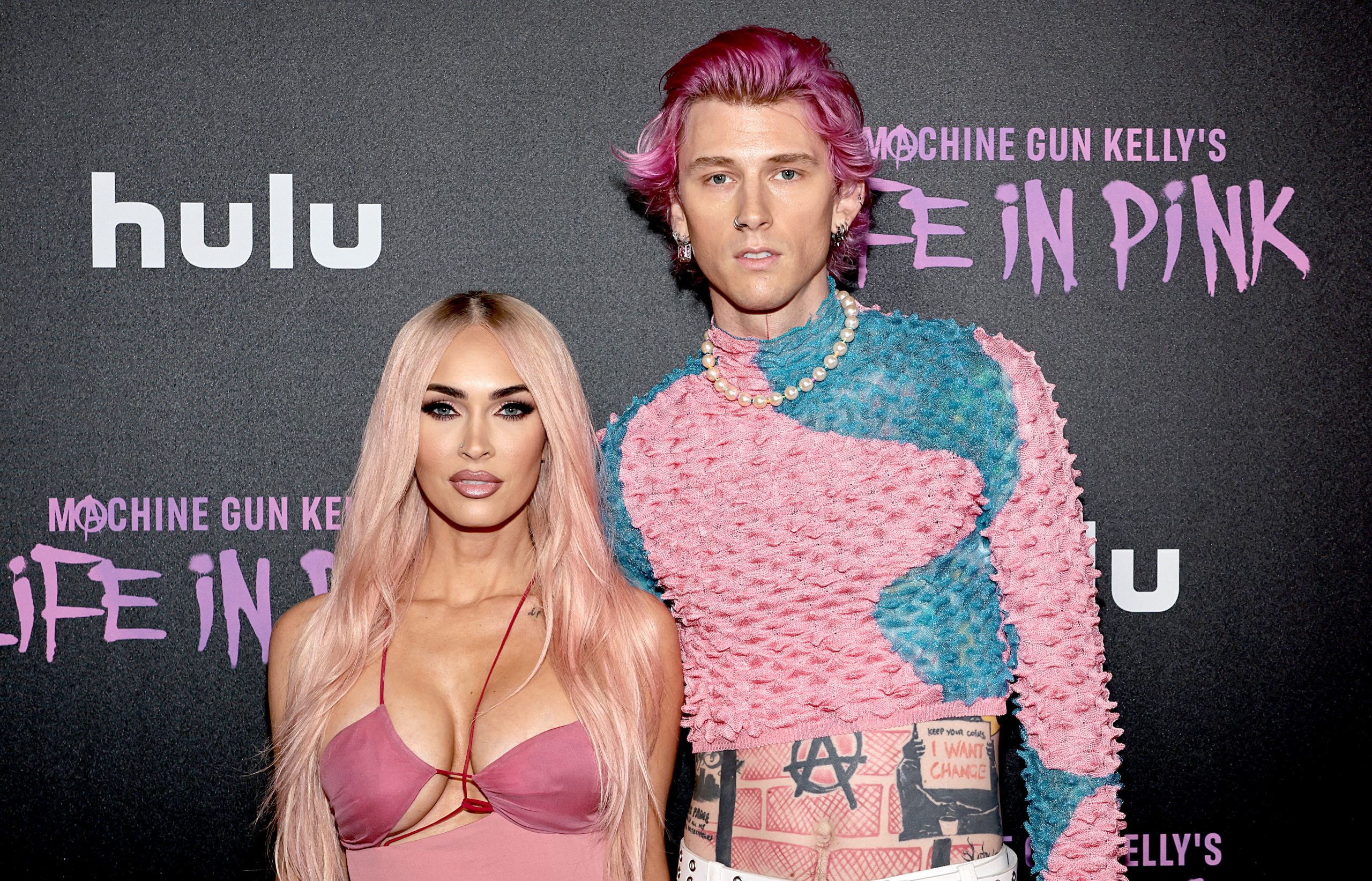When did the collective imagination stop seeing girdles and corsets as instruments of torture, to now consider them fashion items like the others? Believe it or not, and whether we like it or not, the Kardashian-Jenner sisters and their reality TV show have a lot to do with it. We see them wearing this type of garment all day long during their show, both for sports sessions and under their evening gowns. Kim Kardashian, in particular, has even gone on to become a company now valued at over $1 billion: Skims.

How shapewear became fashionable
For the 2020s we are no longer talking about girdles or slimming underwear, but about shapewear. Only that the reality remains the same: the control, the discipline of the body, especially of women. And given the success of Kim Kardashian’s Skims, almost every brand has followed suit, including other celebs like Lizzo with Yitty, but also ultra-fast fashion heavyweights like PrettyLittleThing, who we should be concerned about. Why the shapewear you can’t improvise, and it can even hurt if done quickly, badly…
On this matter, the British media The independent has just interviewed Karolina Laskowska, lingerie designer and director of the intimate archive of the Underpinnings Museum (an online museum dedicated to underwear) about the distortion of shapewear. Historically, the ancestor of shapewear dates back to the 16th century, to support the body like contemporary bras, according to the expert:
“The bodice was primarily there to provide bust and back support for working women. These pieces needed to be functional and ergonomic, rather than trend-driven. »
We had to wait for the 60s and the invention of lycra to create the first elasticized fabrics, and therefore to be able to pass from relatively rigid corsetry to elastic underwear. The first brand to experience success with this type of product would be the British label Silhouette, with its girdle “Little X Girdle”. Much later, the American company Spanx, founded in 2000, was so popular that it even became synonymous with sheaths in the collective imagination.
Overuse of shapewear is dangerous to your mental and physical health, wear it in moderation
Except in the meantime, the role of shapewear it consists less and less of supporting the body and more and more of binding it to aesthetic ideals. When contemporary brands that lack know-how in this area are involved, there is a risk of causing health problems, such as blood circulation problems.
Victoria Kleinsman, self-esteem expert also interviewed byIndependenthe sees more and more customers telling him about the pressures they feel to wear it shapewear to show a fashionable silhouette, as if it were a real-life Instagram filter:
“Sometimes it gets to the point where it’s awfully hot outside, and they’re still wearing spandex, they’re uncomfortable, but they’re too scared of what people might think of their real figure. »
According to her, this trend can cause physical and mental health problems, starting with maintaining body dissatisfaction. While Skims brand equivalents abound with the brands being worst in terms of ethics, one can therefore wonder about the growing popularity of this type of underwear and its excesses.
Without inviting all sheaths we come across to burn, we can start by remembering that maybe we’d better do it book them for very special occasions like a wedding, rather than every dayat the risk of making it the best fashion accessory for self-control and punishment.
Do you like our articles? You will love our newsletters! Sign up for free on this page.
Source: Madmoizelle
Mary Crossley is an author at “The Fashion Vibes”. She is a seasoned journalist who is dedicated to delivering the latest news to her readers. With a keen sense of what’s important, Mary covers a wide range of topics, from politics to lifestyle and everything in between.




